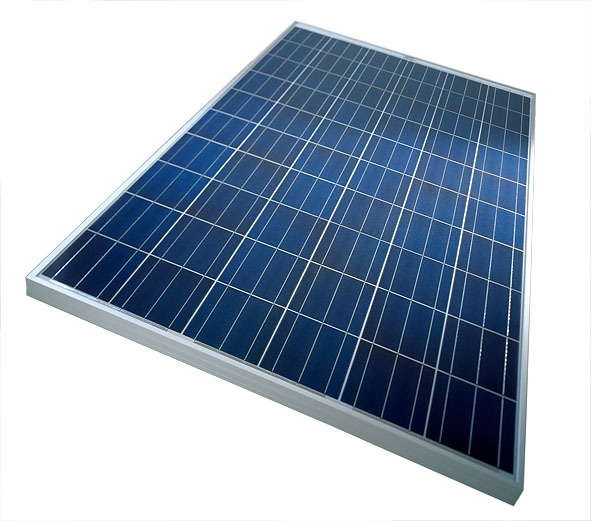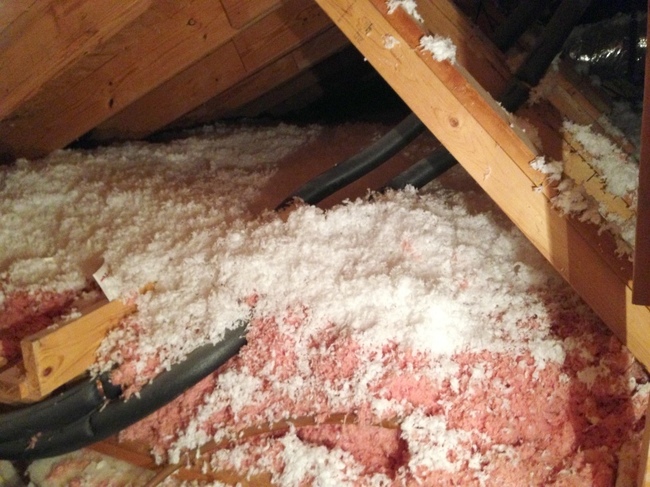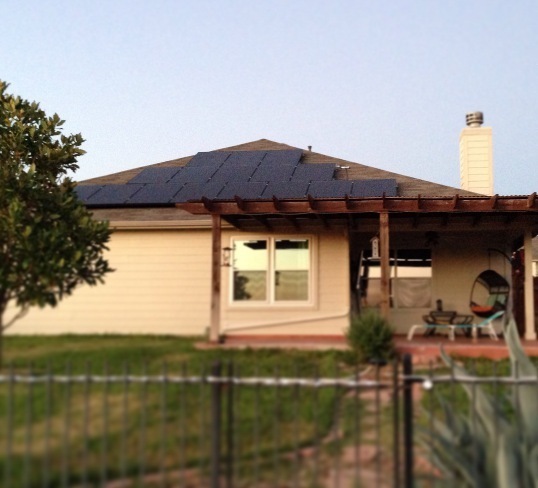Considering Solar Panels?
Residential solar panels were something that my wife and I had been interested in for years. However, we lived in an older home and knew a few things: our home wasn’t very energy efficient, a solar panel system would easily overvalue the home in our neighborhood, and it was not our forever home. Last Summer we moved to a new city and decided to purchase solar panels for the new house. It took a little longer than we would have hoped, but here is a walk-through of the process that we went through, some tips to consider, and things to avoid.
My wife heard a radio advertisement about a solar company looking for participants into a market analysis. They offered a free “energy audit” for the opportunity to come and talk about their product; so she scheduled an appointment. If our home met certain geographic and energy requirements then we could qualify for their program which included additional discounts or services.
TIP: Have a few companies companies provide quotes and compare the services and deals that they provide. We heard from only two different solar companies. Three or more would give you a better price range.
The salesman that visited us was relatively new and still learning about the product and the company’s pitch. The fact that we were already interested helped him although he spent the first hour and a half trying to explain to us why solar energy is good. I understand that it is part of the selling tactics, but we could have easily saved most of that time if there was some sort of check box that allowed us to bypass the solar energy. The meat of the pitch conservatively estimated that we could save at least 30% on our electric bill and the panels would be up and running in two to three months. The money saved on your bill would offset any financed payment.
TIP: In retrospect I’d rather speak with someone more seasoned and prepared for detailed questions. Nothing against new salesmen, but if I’m investing thousands of dollars into something I would like most of my questions answered.
The company that we worked with offered an incentive to conduct a free energy audit in order to identify any weak seals in the windows and doors as well as review our attic insulation. Our home was six years old at the time and the audit revealed that we had a tightly sealed home but could benefit from weatherstripping, triple pane windows in the hot zones, tinted window screens, and additional attic insulation. Each of these were handled by separate contractors. The solar panel system install was also handled by a different contractor. In our case, all these contractors led to longer completion time. Below you can see the added insulation in our attic; increasing it to a thickness that achieves R38.
It seems like it would be easier to schedule all these items concurrently; especially since all contractors worked so quickly. They did not; each occurred one after the other with at least one to two weeks in between.
Also be sure to get approval from your Home Owners’ Association if necessary. Our HOA lost the first property modification application and that set back the process another month.
Part of the problem was my trust in the solar company; who had done 100s of installs in 2013 alone. I assumed that they knew what they were doing and this was typical. With the volume of installs, these contractors were spread thin. After the third month I became more involved with the process and had more communication with the solar company to ensure time-lines and appointments were being met. I followed up with phone calls and emails more frequently, but this was toward the end of the process.
TIP: Ask the company, “who is doing the installs” and “how many contractors will they use.” If they claim to do a substantial amount of work in your region, but only use one contractor, delays could occur. Also, verify if contractors used are screened or approved by the company. Most larger companies do this to check for insurance, injury history, and workers’ compensation coverage.
The system we had installed is comprised of 16 panels and has a total capacity of 4250 kW. Each panel has it own micro-inverter. The individual inverters allow for the system to operate in parallel vs series. If one of the panels is malfunctioning or damaged it will not affect the remaining panels from delivering power; which would happen if connected in series. You can see the completed setup below. The panels face South and we are unobstructed from neighboring homes.
Was it worth it? This is a relative question. My wife and live a pretty green lifestyle and this was something that we have been interested in for years. We plan on being in this house for many years. With electric rates constantly going up, solar energy provides us the opportunity to not be totally dependent on the city’s electrical grid. Roaming blackouts will not affect us during peak months and we will essentially sell back any extra energy we produce. This means that during Spring and Summer months extra energy produced translates to payment toward future months; i.e. little to no future bills. Once our financing is paid off in a few years, it will literally be money saved on a monthly basis. There is also a nice 30% tax savings for this type of system.
Our system has been operational for three months. During that time our electric usage has been half the state average for this time of year; around 400 kW and savings of $50-$60 a month. Considering these savings were achieved during the winter, I anticipate better energy production with increased savings once days of full sun are more consistent.
Hope this was helpful.


